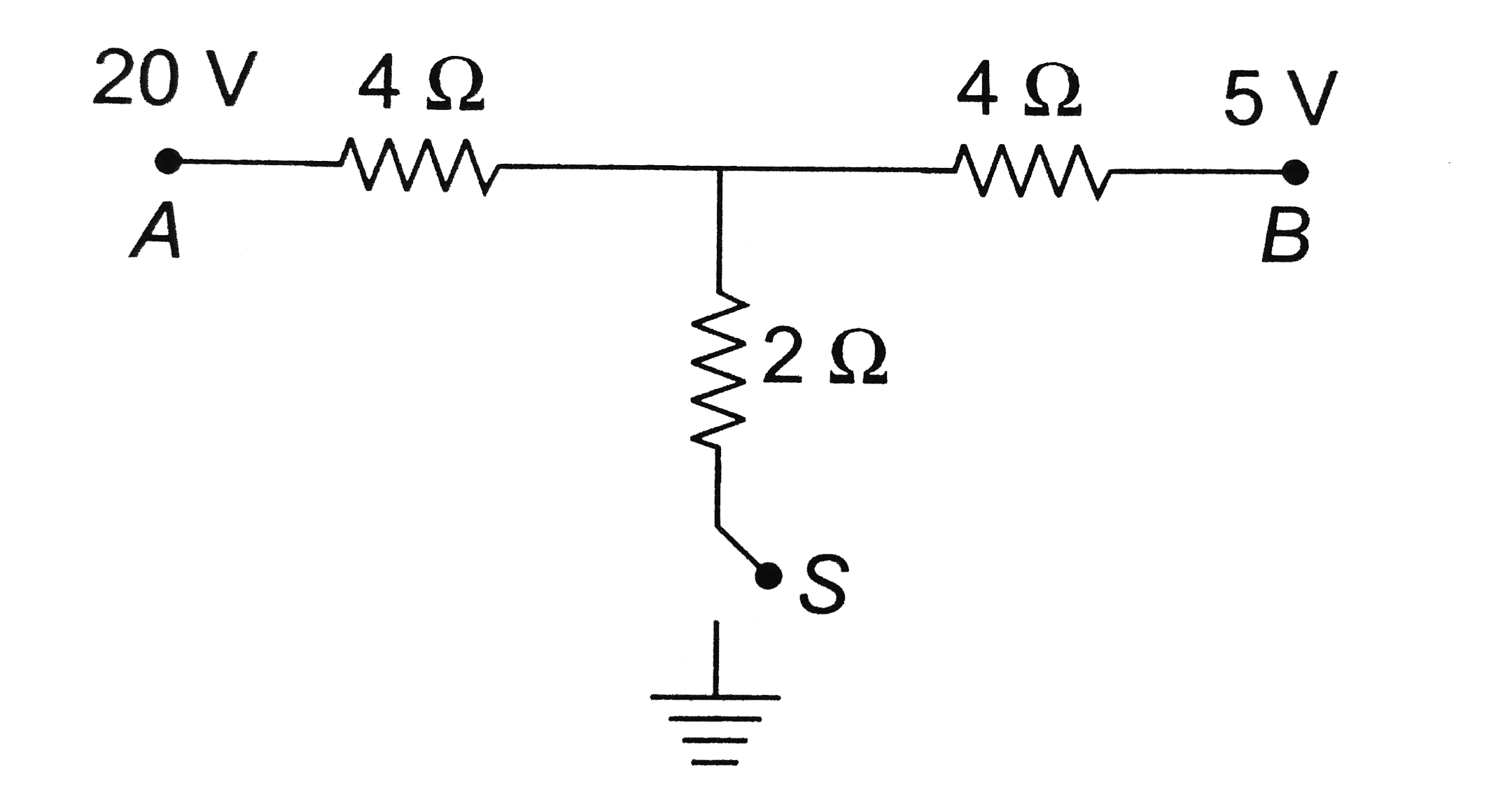After switch is closed in the LC circuit shown in the figure, the charge on the capacitor is sometimes zero, but at such instants the current in the circuit is not zero. How is this behaviour possible ?

|
Topper's Solved these Questions
- INDUCTANCEBOOK - CENGAGE PHYSICSCHAPTER - INDUCTANCEEXERCISE - Comprehension Type
9 Videos
- HEATING EFFECT OF CURRENTBOOK - CENGAGE PHYSICSCHAPTER - HEATING EFFECT OF CURRENTEXERCISE - Thermal Power in Resistance Connected in Circuit
28 Videos
- KINETIC THEORYBOOK - CENGAGE PHYSICSCHAPTER - KINETIC THEORYEXERCISE - Question Bank
31 Videos
Similar Questions
Knowledge Check
As the switch S is closed in the circuit shown in figure, current passing through it is
 A4.5AB6.0AC3.0ADZero
A4.5AB6.0AC3.0ADZeroAs the switch S is closed in the circuit shown in figure, current passed through it is.
 A4.5AB6.0AC3.0ADZero
A4.5AB6.0AC3.0ADZeroIn the circuit shown in fig. when the switch is closed, the capacitor charges with a time constant
 ARCB2 RCC12RCDRC log2
ARCB2 RCC12RCDRC log2
For the circuit shown in the figure , the charge flown through the switch after it is closed is n μC. Find the value of n.

View SolutionIn the circuit shown in fig. when the switch is closed, the capacitor charges with a time constant

View SolutionConsider the circuit shown in figure. The current through the battery a long time after the switch S is closed is:

View SolutionIn the circuit shown in the figure, the capacitor C is charged to a potential Vo. The heat generated in the circuit when the switch S is closed, is
View SolutionConsider the circuit shown in figure. The current through the battery a long time after the switch S is closed is:

View Solution
